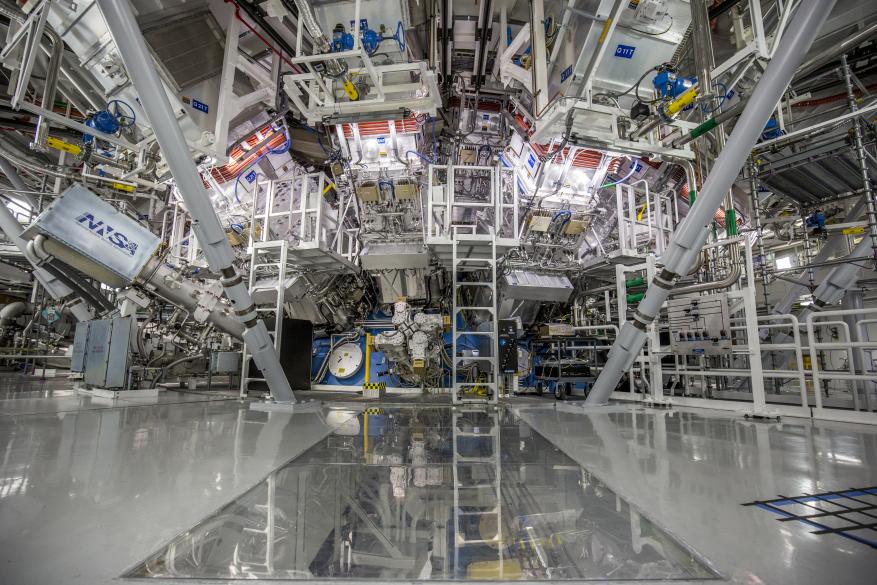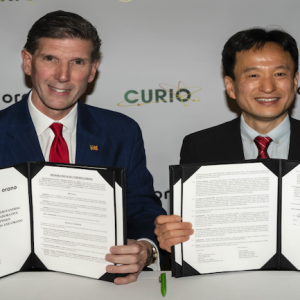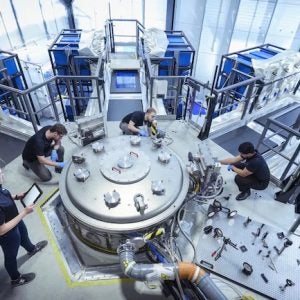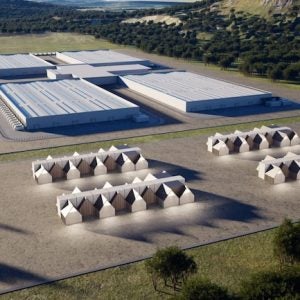
A fusion reaction that produced more energy than the laser energy used to drive it has been achieved by the US National Ignition Facility. Located at Lawrence Livermore National Laboratory (LLNL), the result from the laser-based fusion system has been widely hailed as a game changer for fusion power.
The first ever controlled fusion experiment to achieve this milestone, also known as scientific energy breakeven, LLNL’s experiment delivered 2.05 megajoules (MJ) of energy to a tritium/deuterium target which resulted in 3.15 MJ of fusion energy output.
In the 1960s, a group of scientists at LLNL hypothesised that lasers could be used to induce fusion in a laboratory setting. To pursue this concept, LLNL built a series of increasingly powerful laser systems, leading to the creation of NIF, the world’s largest and most energetic laser system. NIF is the size of a sports stadium and uses lasers to create the required temperatures and pressures. To create fusion ignition, NIF’s laser energy is converted into x-rays inside the hohlraum – a hollow, cylinder-shaped device that is used to focus and control radiation – which then compress a fuel capsule until it implodes, creating a high temperature, high pressure plasma.
The US Department of Energy (DOE) and their National Nuclear Security Administration (NNSA) described the achievement as “a major scientific breakthrough decades in the making that will pave the way for advancements in national defense and the future of clean power”.
In a statement DOE added: “Many advanced science and technology developments are still needed to achieve simple, affordable inertial fusion energy (IFE) to power homes and businesses, and DOE is currently restarting a broad-based, coordinated IFE programme in the United States. Combined with private-sector investment, there is a lot of momentum to drive rapid progress toward fusion commercialisation.”
Collaborators have included DOE’s Los Alamos National Laboratory, Sandia National Laboratories, and Nevada National Security Site; General Atomics; academic institutions, including the University of Rochester’s Laboratory for Laser Energetics, the Massachusetts Institute of Technology, the University of California, Berkeley, and Princeton University; international partners, including the UK Atomic Weapons Establishment and the French Alternative Energies and Atomic Energy Commission; and stakeholders at DOE and NNSA and in Congress.
Commenting on the development Andrew Holland, CEO of the Fusion Industry Association (FIA) said: “There are still many steps between these experimental results and fusion power plants, but this is an important milestone for fusion.”
He added: “This will give governments around the world further incentive to support the development of commercial fusion energy.”
Image: The target chamber at LLNL’s National Ignition Facility (courtesy of LLNL)






